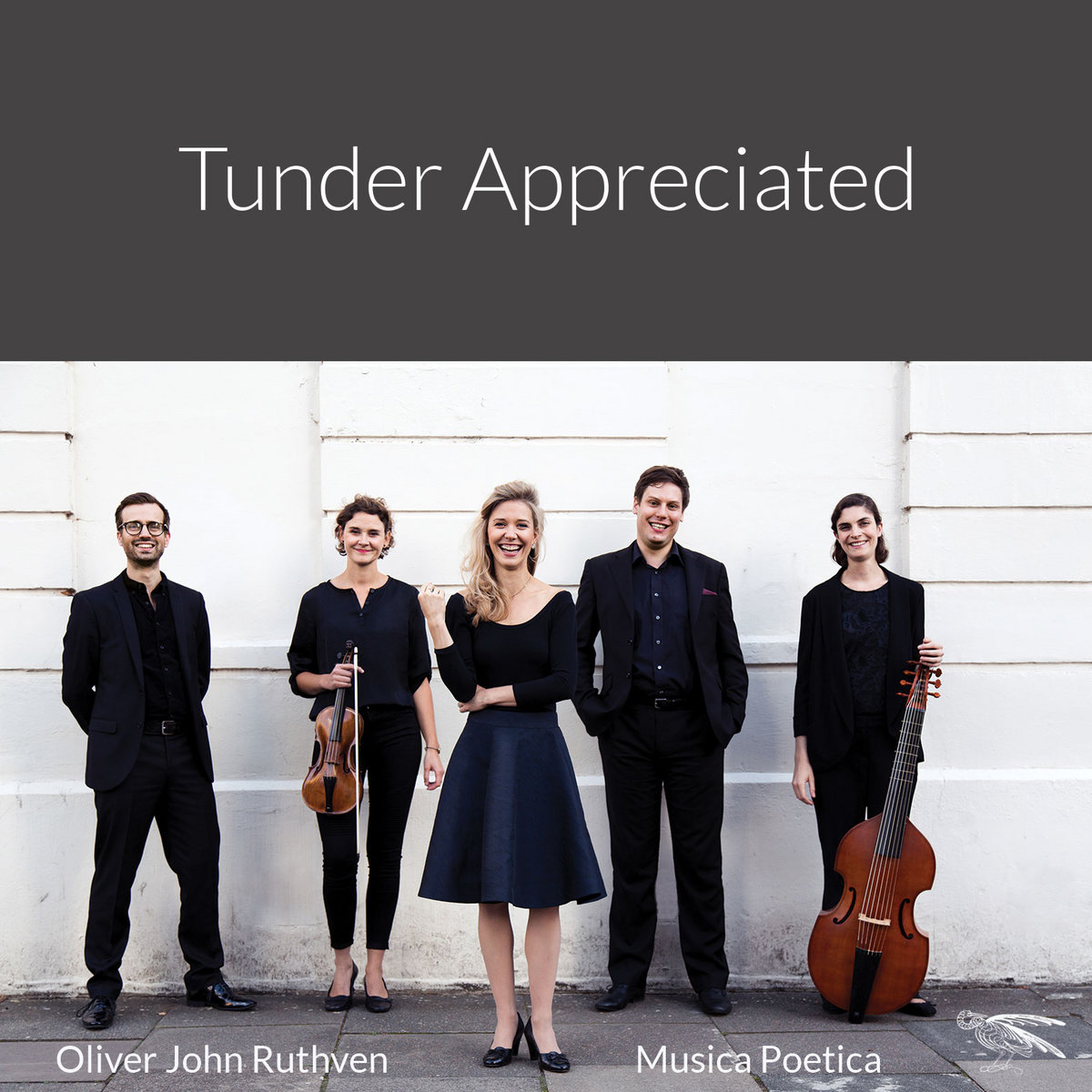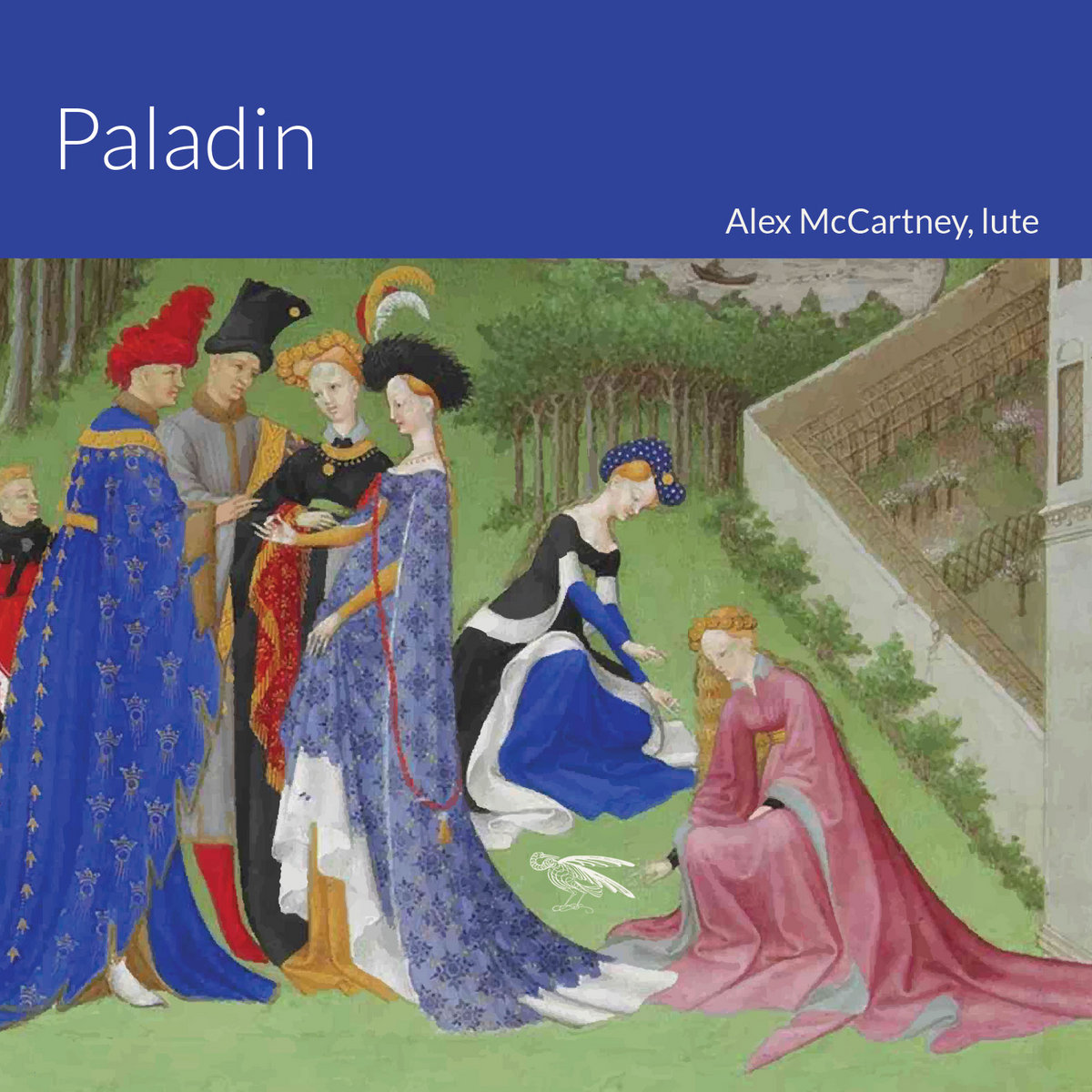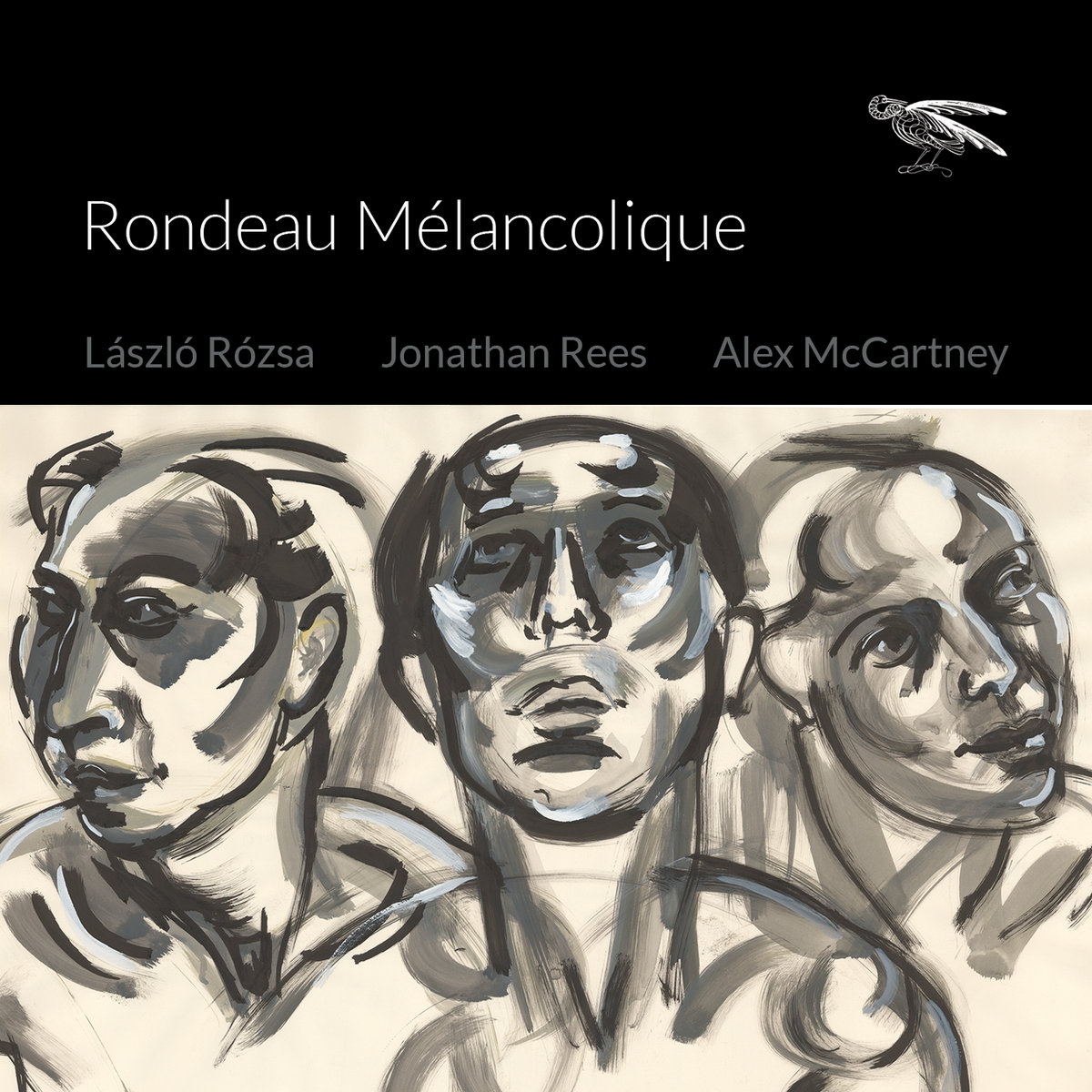Fantasia Incantata
Ensemble Libro Primo
Sabine Stoffer & Alex McCartney
Veterum Musica VM018. 50’53
 G. B. Viviani: Sonata Prima
G. B. Viviani: Sonata Prima
N. Matteis: Passaggio Rotto
B. Marini: Sonata Quarta ‘Per sonar con due Corde’
G. G. Kapsberger: Preludes, Toccatas, Gagliarda, Corrente, Passacaglia
G. A. Pandolfi Mealli: Sonata Seconda ‘La Cesta’
H. I. F. Biber: Sonata IV ‘Darstellung im Tempel’
This impressive recording by Ensemble Libro Primo (Sabine Stoffer & Alex McCartney) features 17th-century music for violin and theorbo written in the Stylus Phantasticus: a style described by Johann Mattheson as “sometimes agitated, sometimes hesitant, sometimes one- and sometimes many-voiced; often also shortly after the beat: without rhythm; but not without the intention to please, to rush nor to amaze.” This seemingly anarchic compositional style was a major influence on Italian and German composers of the period, its rapid changes of mood, pulse and metre creating an almost operatic sense of drama. As the programme note describes, this style was “a natural conveyance of a highly elaborate improvisatory performance practice“. That sense of improvisatory performance infuses these performances with drama and excitement. One example is the solo violin Passagio Rotto by N. Matteis. Matteis was praised by Roger North for his “eloquent, expressive style“: words that accurately describe Sabine Stoffer’s own delightful playing. Continue reading →




 G. B. Viviani: Sonata Prima
G. B. Viviani: Sonata Prima
 This recording is clearly something of a labour of love, albeit a rather short one, at just 45’27. Giovanni Girolamo Kapsberger (c1580-1651) was the son of an Austrian colonel, and was possibly born in Venice. He spent much of his musical life in the household of Cardinal Barberini in Rome (alongside Frescobaldi, amongst others) where he quickly built a reputation for virtuoso theorbo playing. To what extent his published theorbo pieces reflect his live performances is unclear, but they are sometimes frankly rather odd, not least with his unconventional use of rhythm and harmony. Contemporary commentators hinted strongly that his compositions were not as good as his performances.
This recording is clearly something of a labour of love, albeit a rather short one, at just 45’27. Giovanni Girolamo Kapsberger (c1580-1651) was the son of an Austrian colonel, and was possibly born in Venice. He spent much of his musical life in the household of Cardinal Barberini in Rome (alongside Frescobaldi, amongst others) where he quickly built a reputation for virtuoso theorbo playing. To what extent his published theorbo pieces reflect his live performances is unclear, but they are sometimes frankly rather odd, not least with his unconventional use of rhythm and harmony. Contemporary commentators hinted strongly that his compositions were not as good as his performances.  The music on this recording reflects the music in and around Elizabeth I’s court. A keen lute player herself, at the height of her Golden Age, she employed some 70 musicians in her court. Rather surprisingly, the first piece is by Orlande de Lassus, Susanne un jour, somebody with no Elizabethan connection at all. But this became very popular throughout Europe, and is played here in a contemporary version found in the Matthew Holmes Manuscript in Cambridge University Library.
The music on this recording reflects the music in and around Elizabeth I’s court. A keen lute player herself, at the height of her Golden Age, she employed some 70 musicians in her court. Rather surprisingly, the first piece is by Orlande de Lassus, Susanne un jour, somebody with no Elizabethan connection at all. But this became very popular throughout Europe, and is played here in a contemporary version found in the Matthew Holmes Manuscript in Cambridge University Library. 